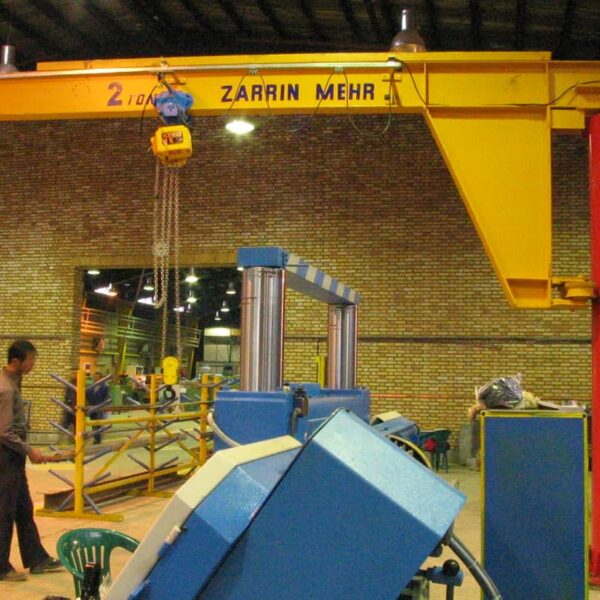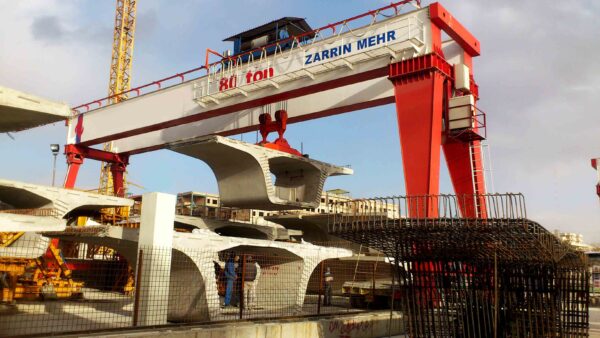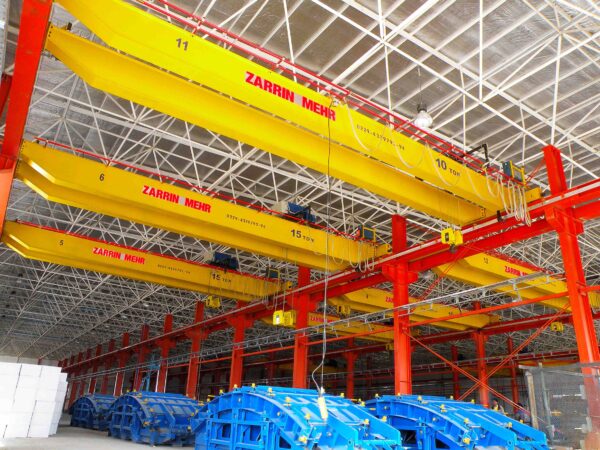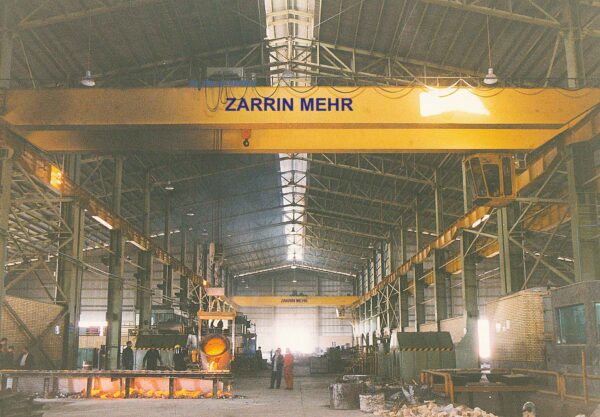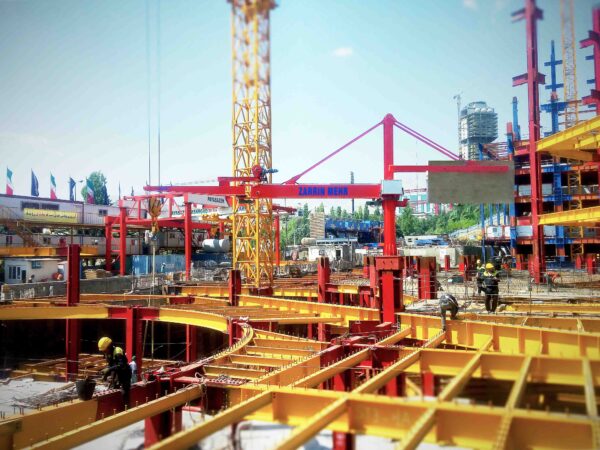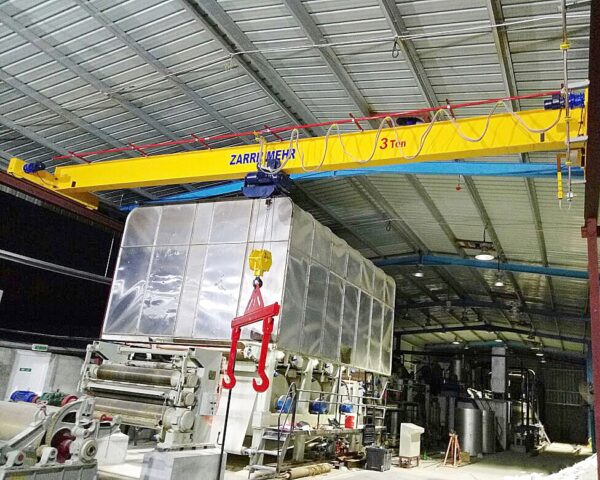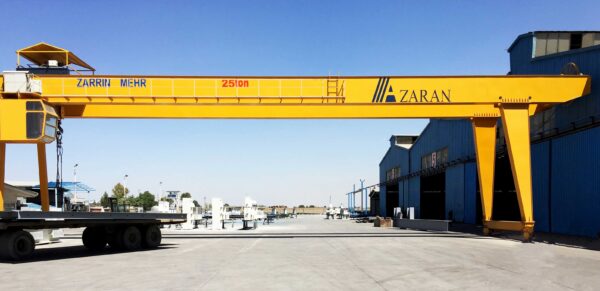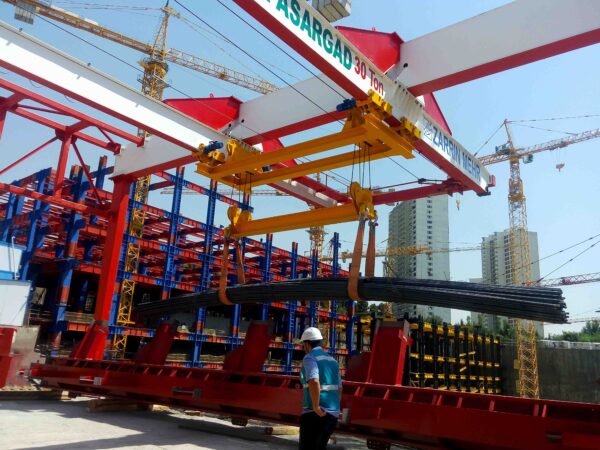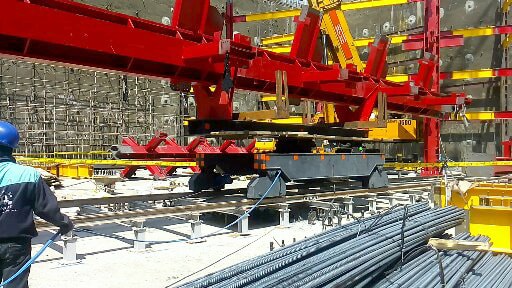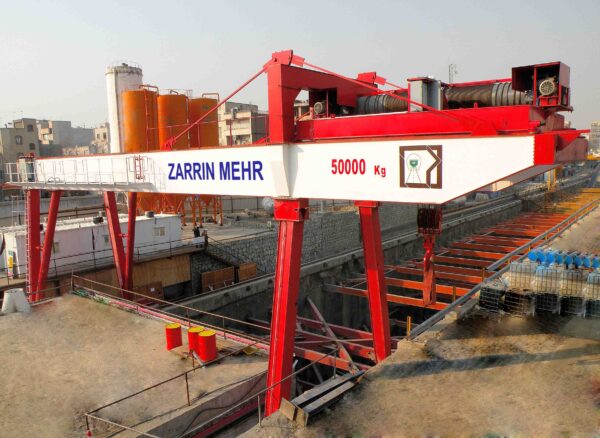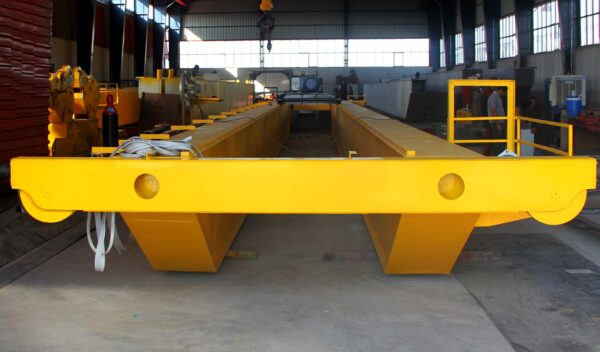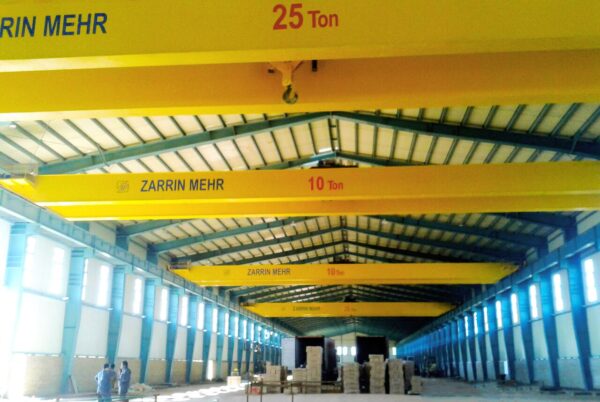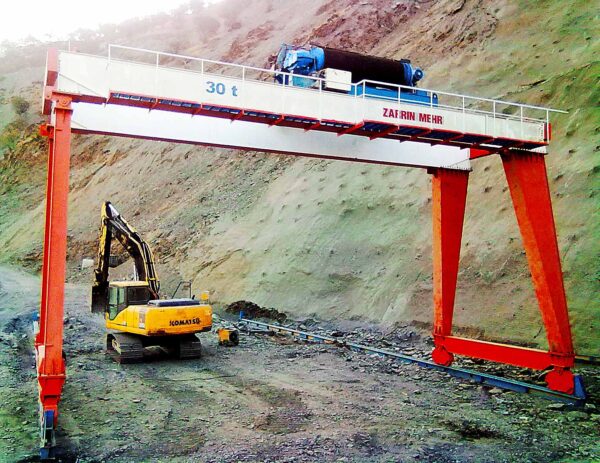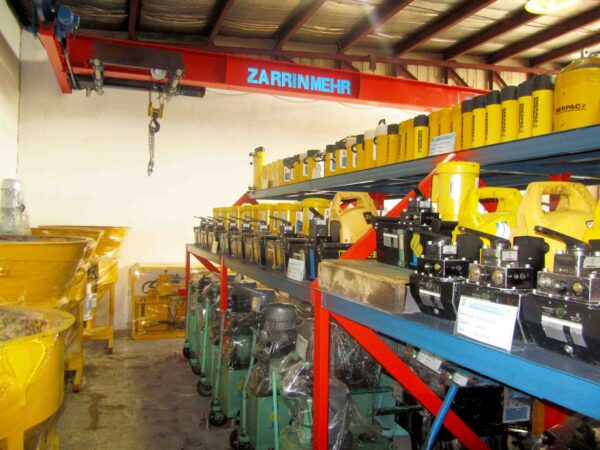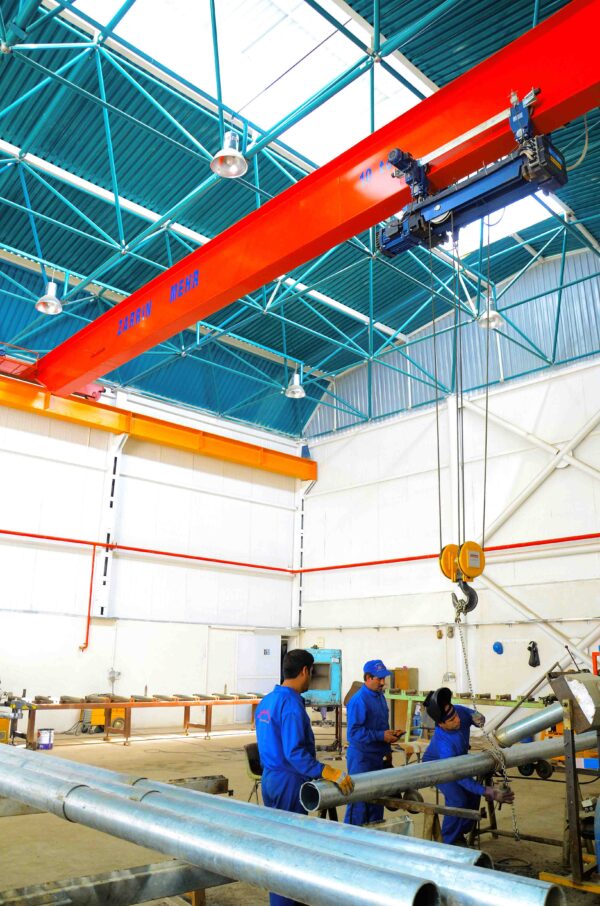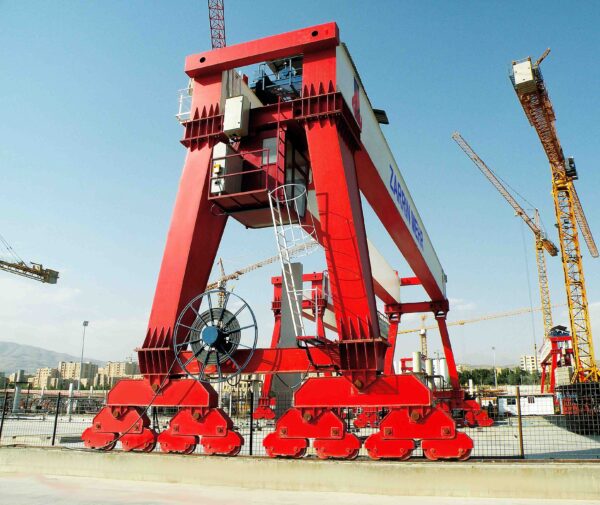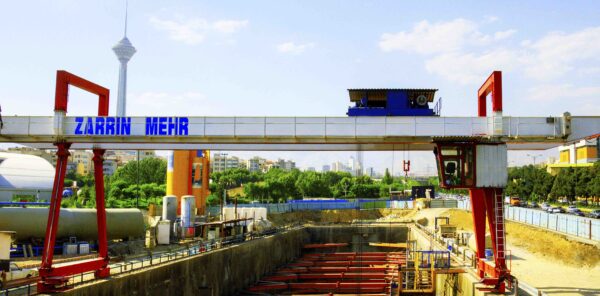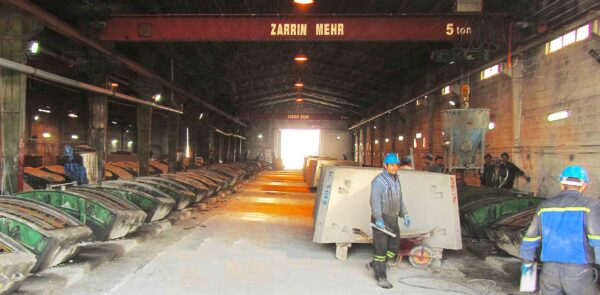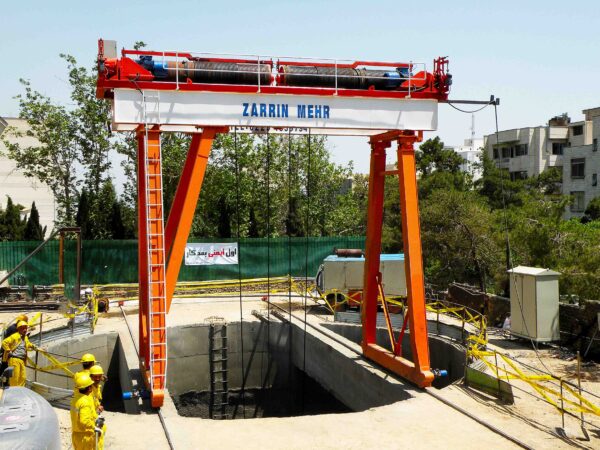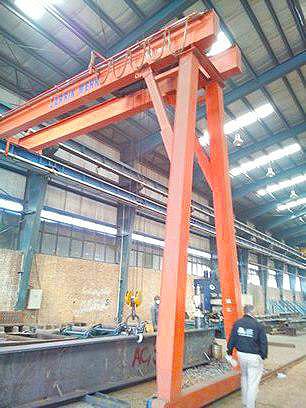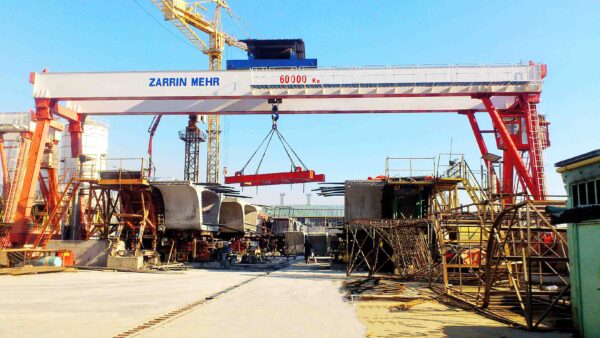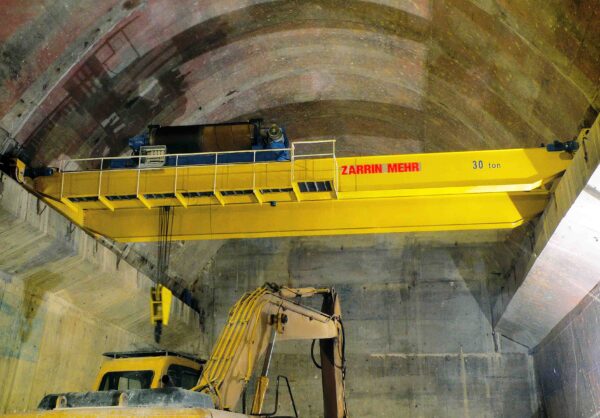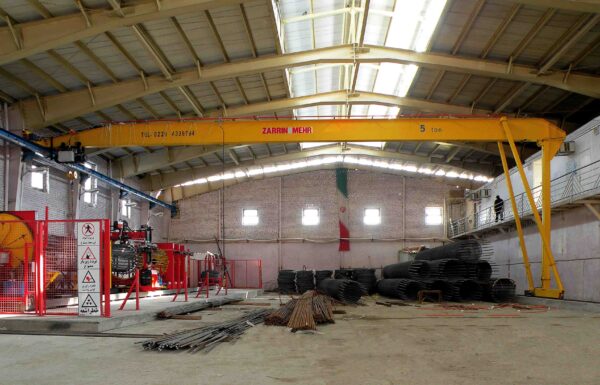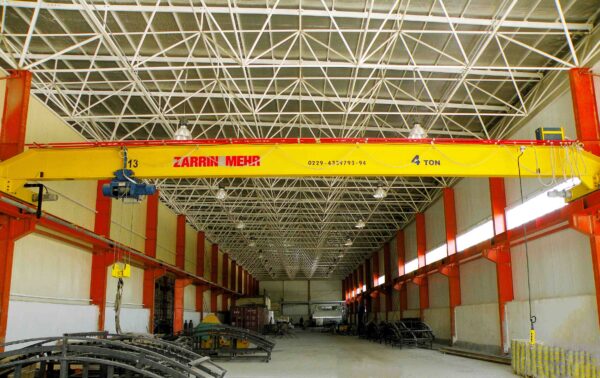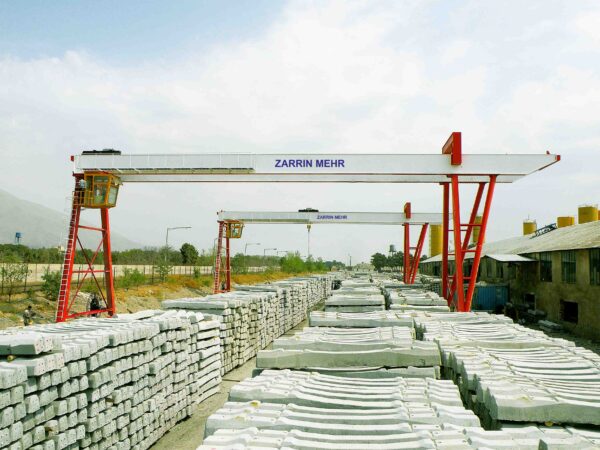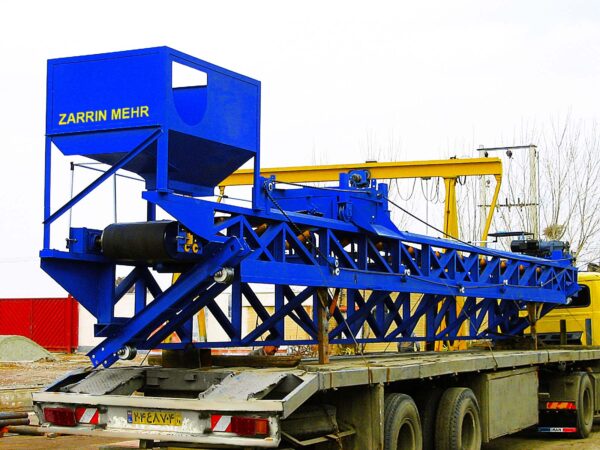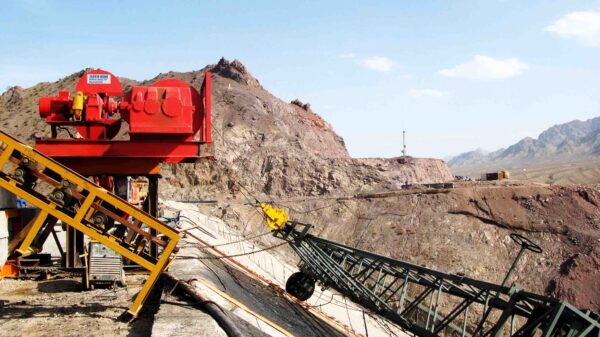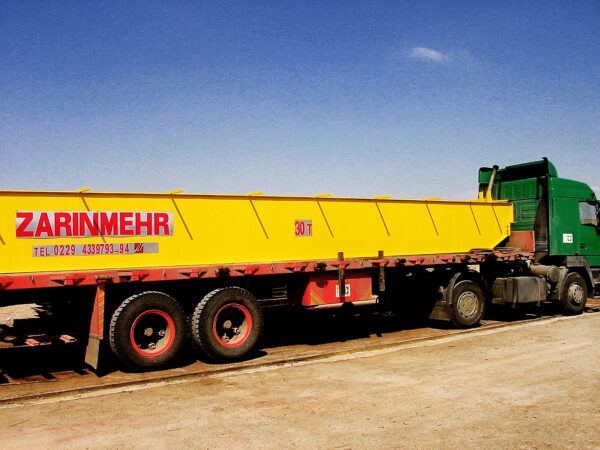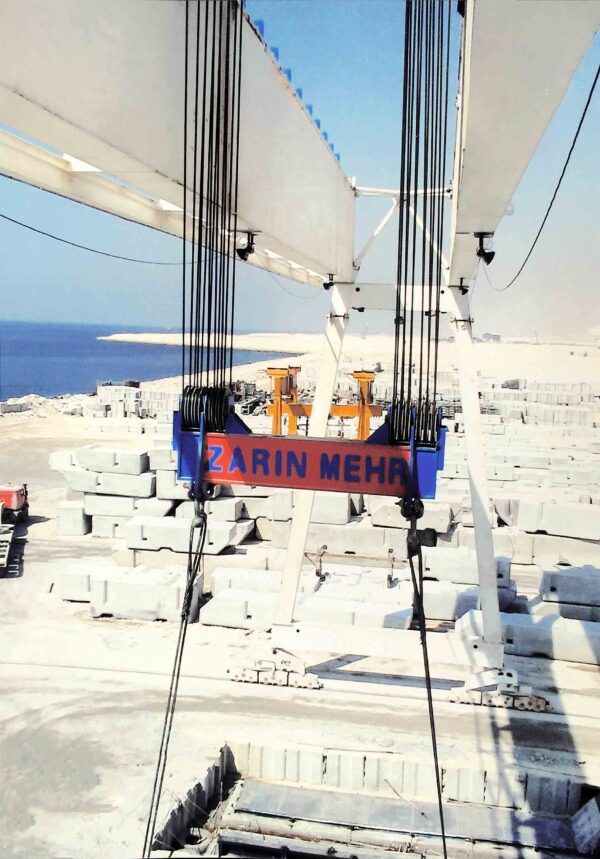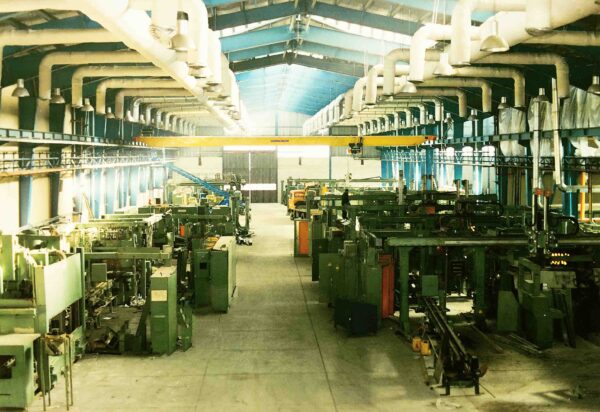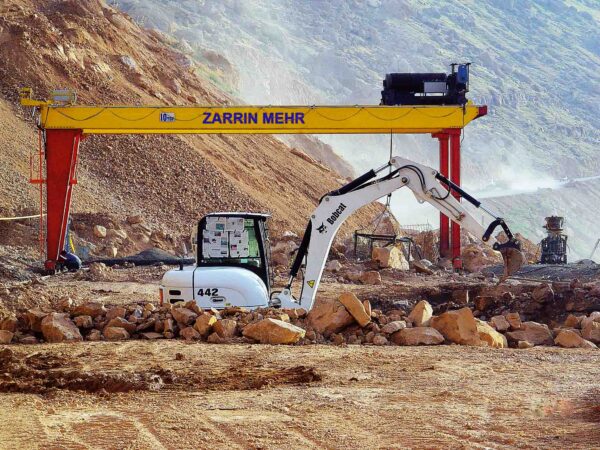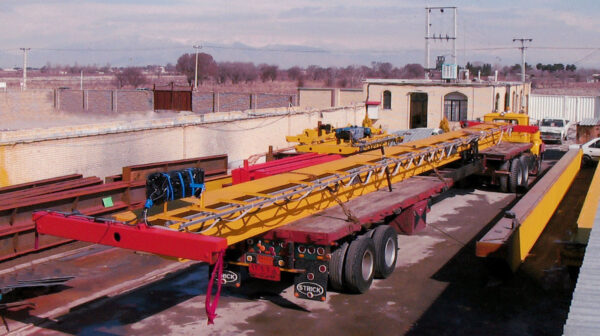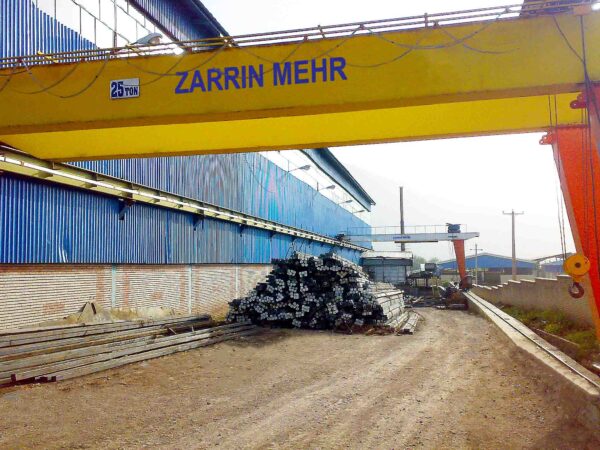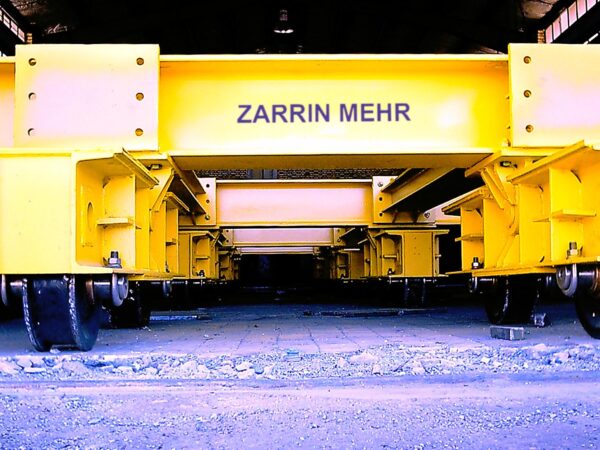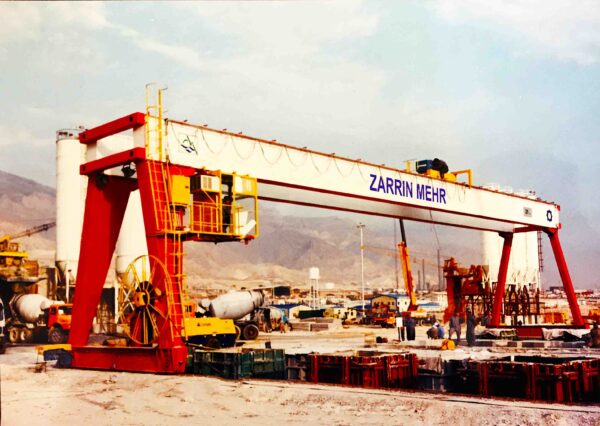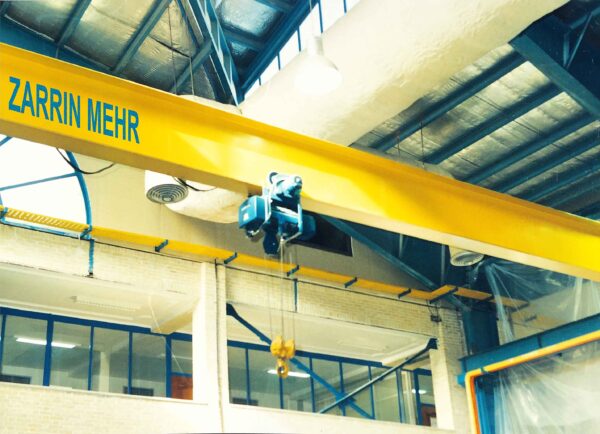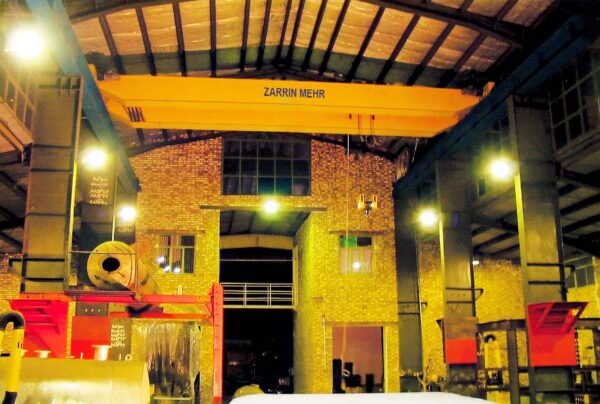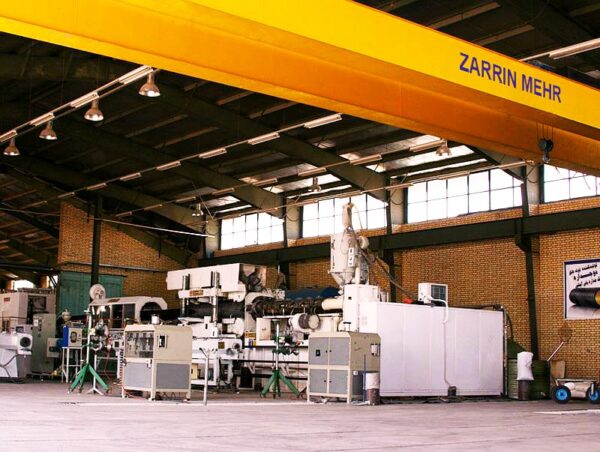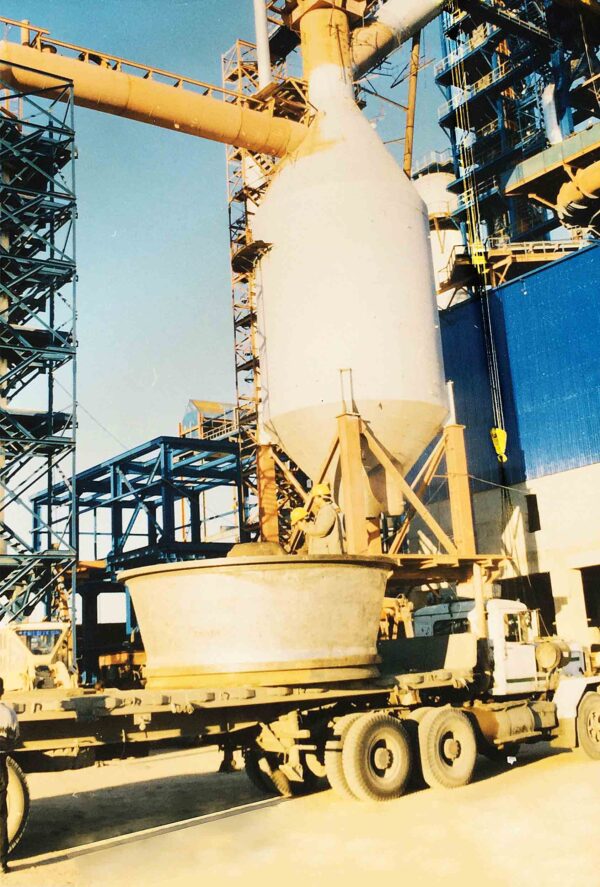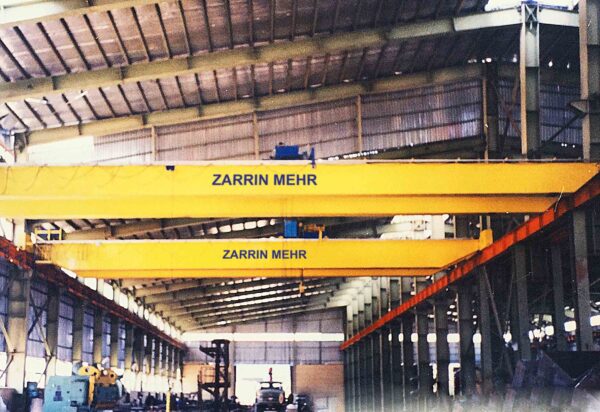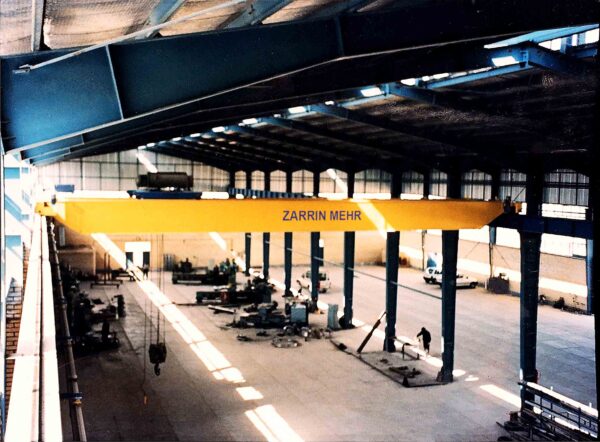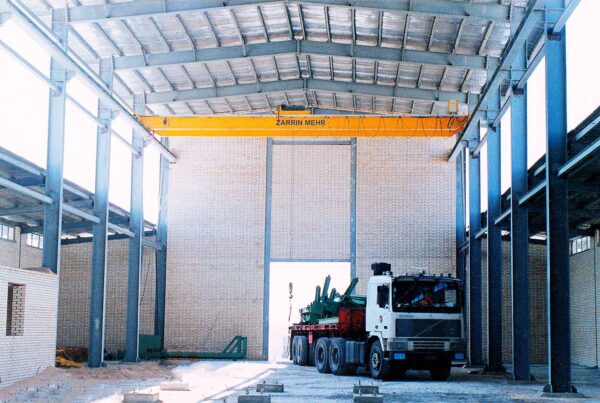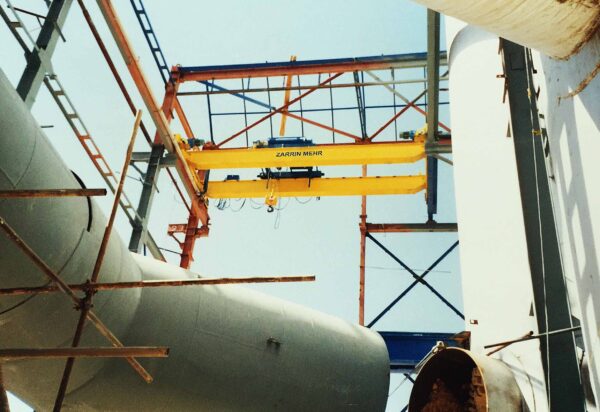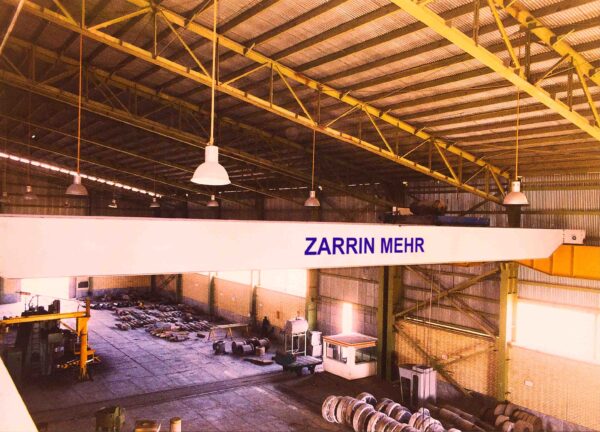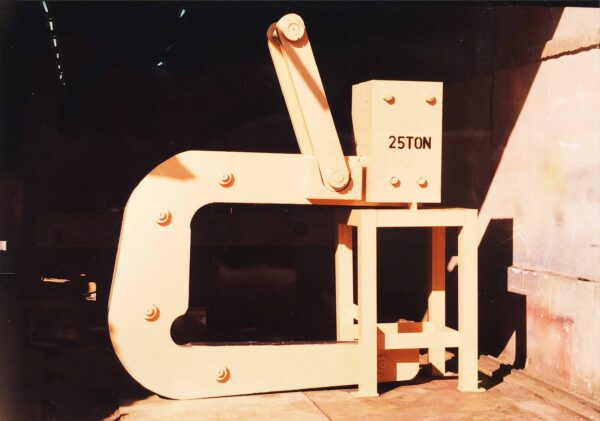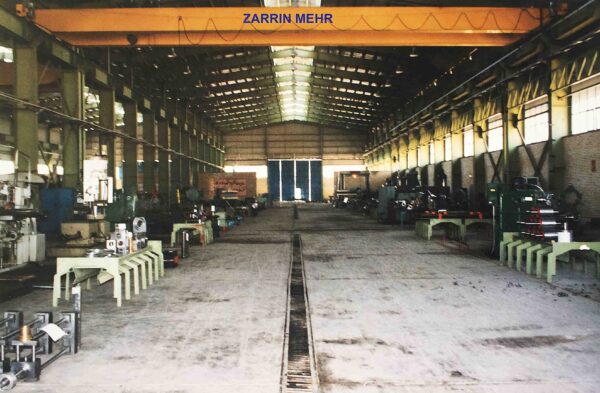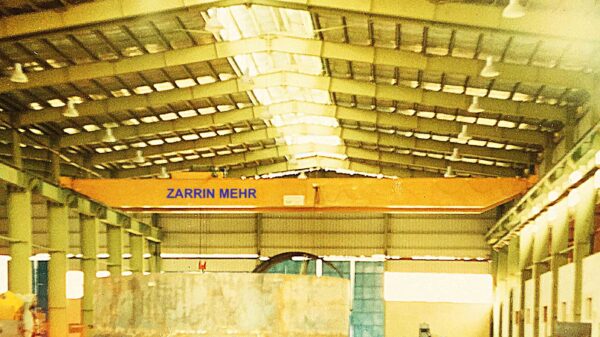The term “gantries” can refer to a variety of structures or frames used for different purposes. Below are some of the main contexts in which the term is used:
Gantry Cranes
In the context of cranes and lifting equipment, a gantry crane is a crane built atop a gantry, which is essentially a structure designed to straddle an object or workspace. Gantry cranes are often used for lifting heavy objects in various settings like shipyards, container ports, or large industrial facilities.
Components of a Gantry Crane:
- Girder(s): These are the horizontal beams on which the trolley and hoist move. There can be one (single-girder) or two (double-girder) based on the design and lifting requirements.
- Legs: These are vertical or angled supports that hold the girders and are usually set on wheels or casters for mobility.
- Trolley and Hoist: The trolley moves along the girder(s) and carries the hoist, which is the mechanism that lifts and lowers the load.
- End Trucks: These components are at either end of the girder(s) and contain the wheels that allow movement along the runway or floor.
- Runway: In some designs, especially for larger gantry cranes, a runway is used to guide the crane along a fixed path.
- Controls: These can range from manual controls to sophisticated computer-controlled systems.
Traffic Gantries
In roadways and highways, a gantry is often a frame that extends over the road for mounting traffic signs, electronic billboards, or toll collection equipment.
Medical Gantries
In the medical field, a gantry often refers to the large, circular structure in machines like CT scanners, which rotates around the patient to capture detailed images from different angles.
Rail System Gantries
In rail systems, a gantry might refer to the overhead structures that hold the electrified cables (catenaries) that power electric trains.
General Characteristics:
- Material: Gantries can be made of various materials, including steel, aluminum, and sometimes even reinforced plastics or composites, depending on the use case.
- Mobility: Some gantries are fixed, while others, particularly smaller industrial gantry cranes, are mobile and can be moved around on wheels or casters.
- Load Capacity: For gantry cranes, the load capacity can vary greatly, from small cranes capable of lifting a few hundred pounds to enormous shipyard cranes capable of lifting thousands of tons.
Safety Precautions:
- For gantry cranes, regular inspections and maintenance are essential for safe operation.
- Traffic gantries should be constructed and installed to withstand environmental conditions like wind, snow, and rain.
In summary, the term “gantries” can refer to a range of structures serving different functions, from lifting heavy loads in an industrial setting to providing information or collecting tolls on a highway.


